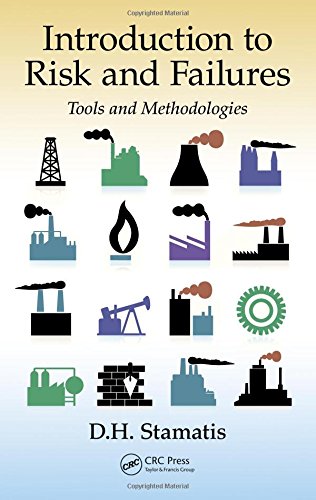Introduction to Risk and Failures
Risk is present in everything we do. Recognizing this fact, we must all strive to comprehend this "risk" and, if possible, reduce it. This book goes beyond failure mode and effects analysis (FMEA) techniques to broaden the discussion. While FMEA is a powerful tool for forecasting failures in both design and processes, it lacks methods for addressing safety concerns, catastrophic events, and their consequences.
Introduction to Risk and Failures: Tools and Methodologies focuses on risk, safety, and HAZOP as they relate to major catastrophic events. It addresses the process and implementation, as well as understanding the fundamentals of using a risk methodology in a given organisation for evaluating major safety and/or catastrophic problems.
The book identifies and evaluates five perspectives on risk and uncertainty: individual and societal concerns, complexity in government regulations, employment patterns, and polarisation of approaches between large and small organisations. The author distinguishes between risk and uncertainty in addition to explaining what risk is and how it should be understood. He explains more than 20 specific methodologies and/or tools for evaluating risk in a practical and proactive manner that is not heavy on theory. He also provides checklist samples and demonstrates the flow of analysis for any type of hazard.
The Contents of Introduction to Risk and Failures
Risk Assessment and Analysis
Scenario Analysis
Approaches to Risk
Types of Risk Methodologies
Preliminary Hazard Analysis (PHA)
HAZOP Analysis
HAZOP Process
Fault Tree Analysis (FTA)
Other Risk and HAZOP Analysis Methodologies
Human Reliability Analysis
Hazard Identification (HAZID)
Teams and Team Mechanics
OSHA Job Hazard Analysis
Hazard Communication Based on Standard CFR 910.1200
HAZOP Analysis Example
advertisement

Introduction to Risk and Failures
ReplyDelete